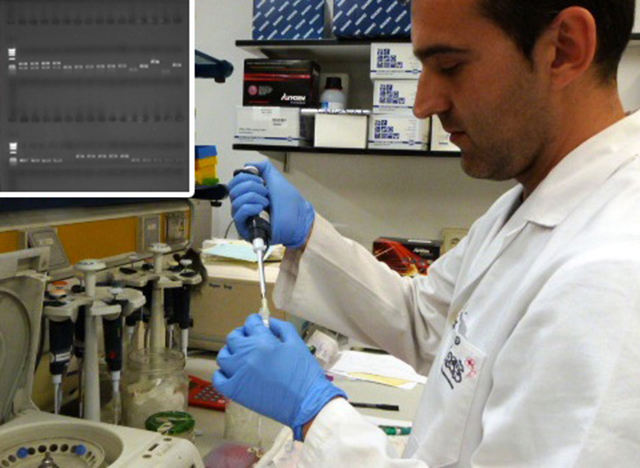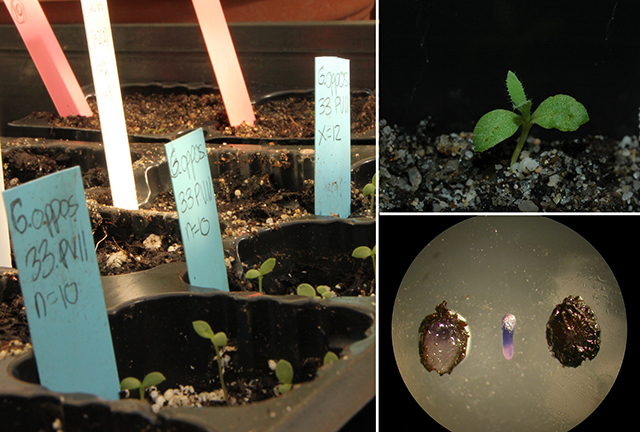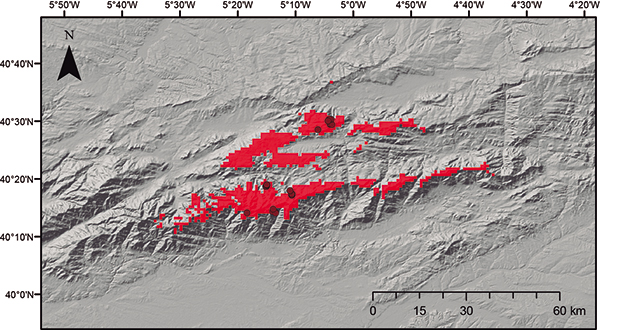Based on previous taxonomic results, the degree of threat and geographic distribution of the five study species, our hypothesis was that the five plants would fulfil the three premises to be living fossils.
To test this hypothesis, the principal objective focused on determining their origin and potential threats (genetic, reproductive and environmental) before having to regret their loss. In order to do this, the following aspects have been investigated:
It would be equivalent to reconstructing the plants’ genealogical trees and dating the moment of their appearance in order to determine their phylogenetic singularity and to be able to determine whether or not we are dealing with true living fossils.
The variety of genes found in a species determines its capacity to evolve and adapt to changes in its environment.
Reproduction is vital for the survival of any species. Thus, its reproductive system, pollination and seed germination are studied.
Climate conditions greatly determine the area in which a plant can live, and its analysis would allow for new populations to be discovered or for species to be reintroduced into the wild.
Only by knowing these aspects will we be able to apply the basic conservation measures to avoid the extinction of these plants which few countries can include in their natural heritage.






